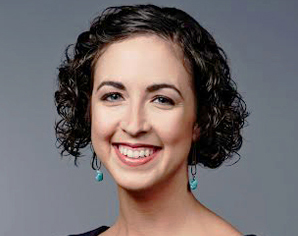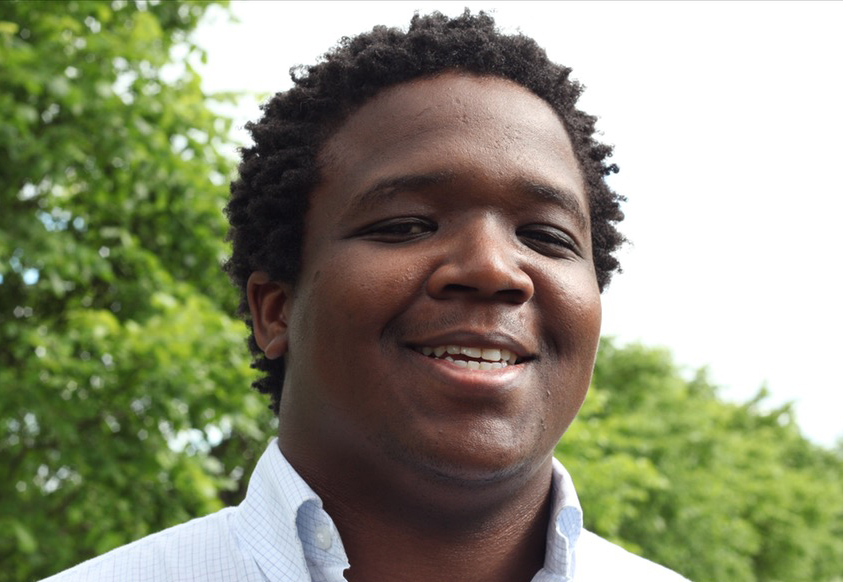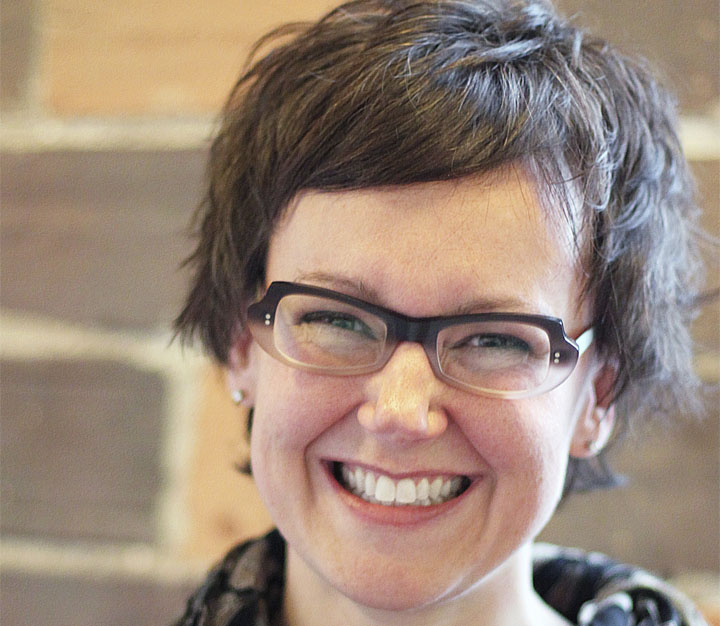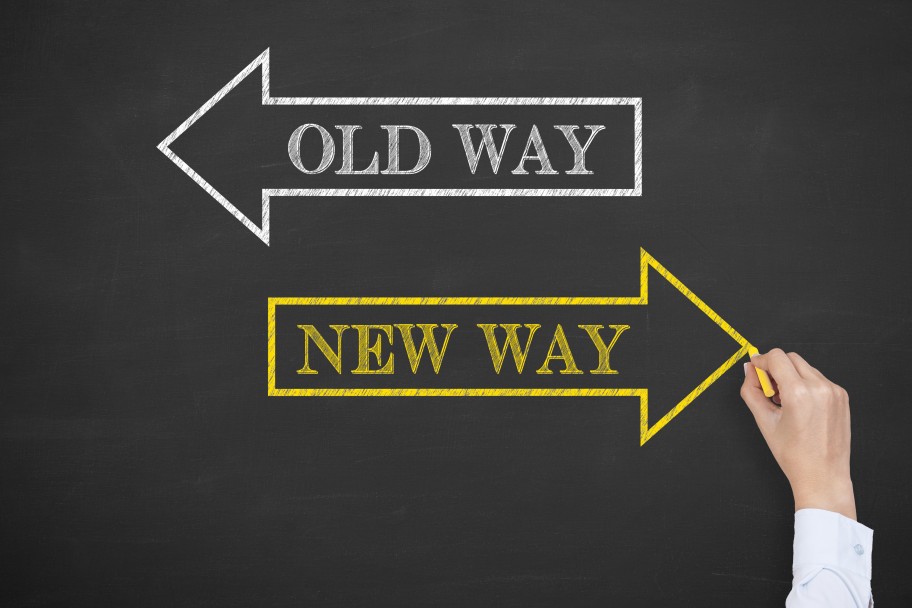
Innovation
Can structured news reinvent archives and reimagine objectivity?
In earlier posts I have reviewed the long-term potential of structured journalism to make newsrooms economically sustainable, empower news consumers and future-proof journalism as a profession. However, journalism is not just another business. Its economic and market success is important not only to its shareholders, customers and employees, but also to society in general. Journalism, … Continued
Kevin Poortinga: Controlled Chaos: The Balance Between Herding Cats and Collaborative Innovation
Kevin Poortinga, USA TODAY Kevin Poortinga leads the USA Today Lab, a department designed to quickly incubate concepts, new businesses and new initiatives for the media network, which consists of more than 100 local news organizations and flagship USA TODAY. When not prototyping or experimenting, the Lab also champions an internal innovation grants program, a hybrid … Continued
Katie Hawkins-Gaar: Old Walls, New Problems: Collaboration at Poynter
Katie Hawkins-Gaar, The Poynter Institute Katie Hawkins-Gaar is a member of the digital innovation faculty at The Poynter Institute, where she teaches journalists, stays on top of industry trends and geeks out about newsrooms testing new and exciting ideas. She is on a quest to prove that newsrooms don’t have to be unhappy places. Before joining Poynter, Hawkins-Gaar was … Continued
Mark Horvit: The Power and Peril of Collaboration
Mark Horvit, Investigative Reporters & Editors Mark Horvit is the executive director of Investigative Reporters & Editors. He oversees training, conferences and services for more than 5,000 members worldwide, and for programs including the National Institute of Computer-Assisted Reporting (NICAR) and DocumentCloud. Horvit also is an associate professor at the Missouri School of Journalism, where he teaches … Continued
Khari Johnson: Crowdfunding Beyond the Money
Khari Johnson, Through the Cracks Khari Johnson is a staunch believer in journalism, community, entrepreneurship and bringing underreported stories to light. He’s founder and editor of Through the Cracks: Crowdfunding in Journalism, a news website that monitors crowdfunding platforms to share stories that enable reporters and storytellers. Through the Cracks is a social enterprise whose coverage … Continued
Kristina Halvorson: Content/Communication
Kristina Halvorson, Brain Traffic Kristina Halvorson is widely recognized as one of the most important voices in content strategy. She is the CEO of Brain Traffic, the coauthor of “Content Strategy for the Web” and the founder of the Confab content strategy conferences. Halvorson’s work focuses on the complex processes, people, and policies that create the … Continued
FL#142: Enlisting product managers and automating more complex stories
This week we explore the role of product managers within news organizations, and we find out how more complex stories might be written by computers. PART 1: Product managers for news Borrowing from the tech and business worlds, several large news organizations have integrated the role of product manager into their workflows. The result can … Continued
FL141: Faster fact-checking and nonprofit partnerships
This week we find out how automation might speed up political fact-checking, and we learn what goes into successful partnerships that involve nonprofit news organizations. PART 1: Faster fact-checking It takes time to investigate whether claims made by politicians are true, but technology might help speed up that process. We get some ideas from PolitiFact … Continued
Structured journalism puts consumers in control of news
In September I wrote about the economics of structured journalism, highlighting the potential for newsrooms to rebundle news as value-accumulating networks of structured information. But what is the market for structure? Why would news consumers want such a radically different way of formatting and consuming news? Why would customers care? Choice. Article-centric journalism has traditionally … Continued
Online news startups explore revenue sources beyond advertising
Revenue was very much on the agenda when more than 100 local news entrepreneurs gathered at the LION Summit in Chicago Oct. 1-3. There were encouraging, if fledgling, signs that some sites are looking beyond banner display advertising. Supplemental sources include crowd-funding, membership programs, sponsored content, and events. For now, however, banner display advertising is … Continued








